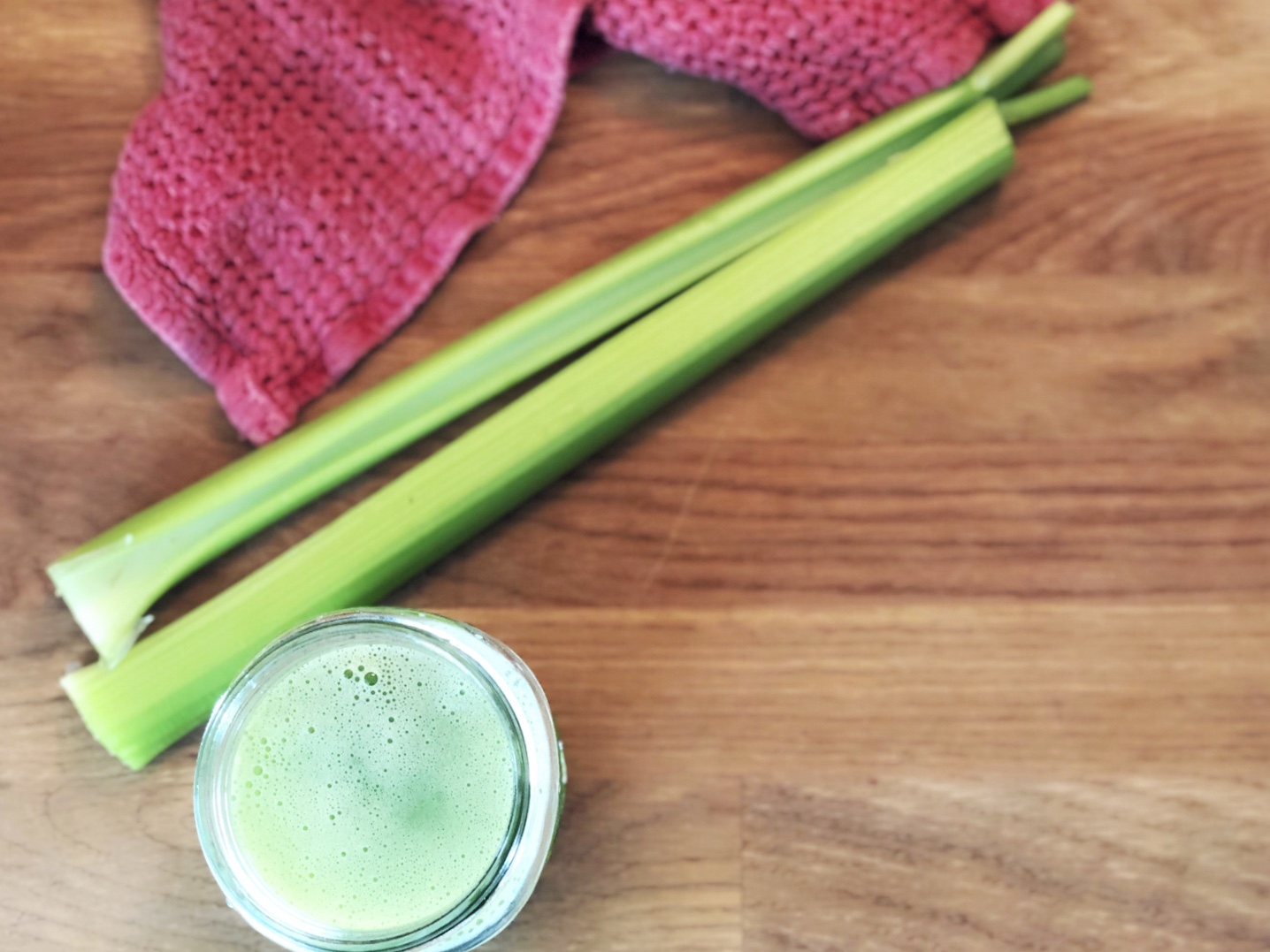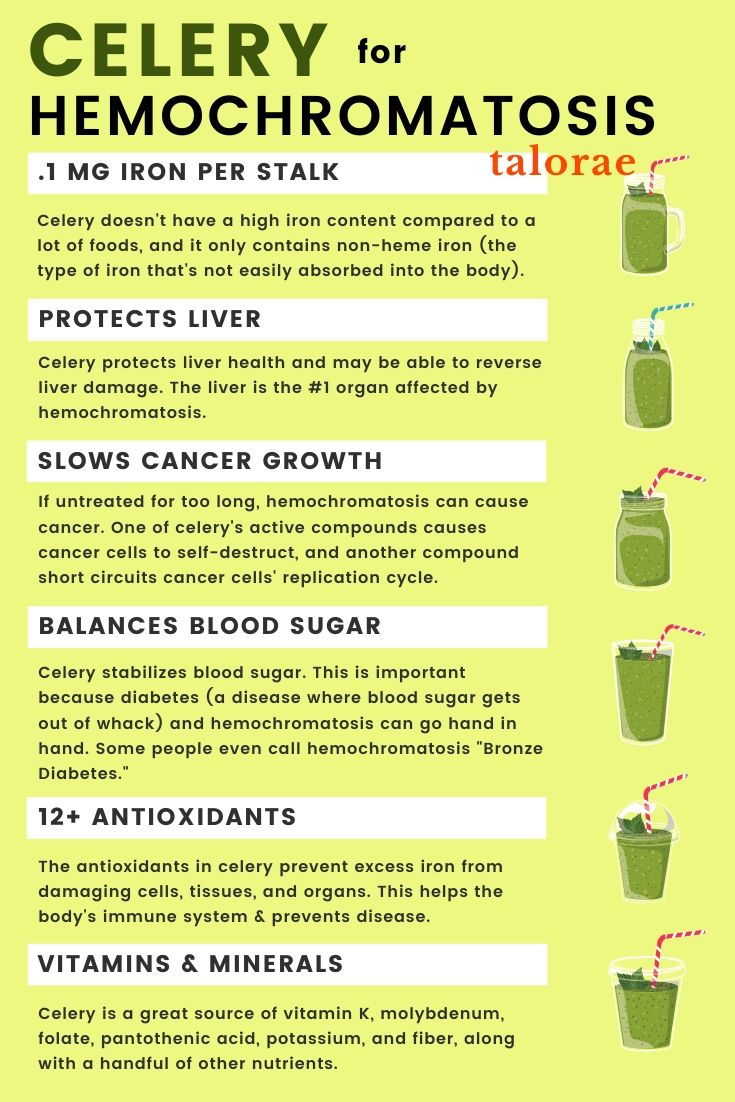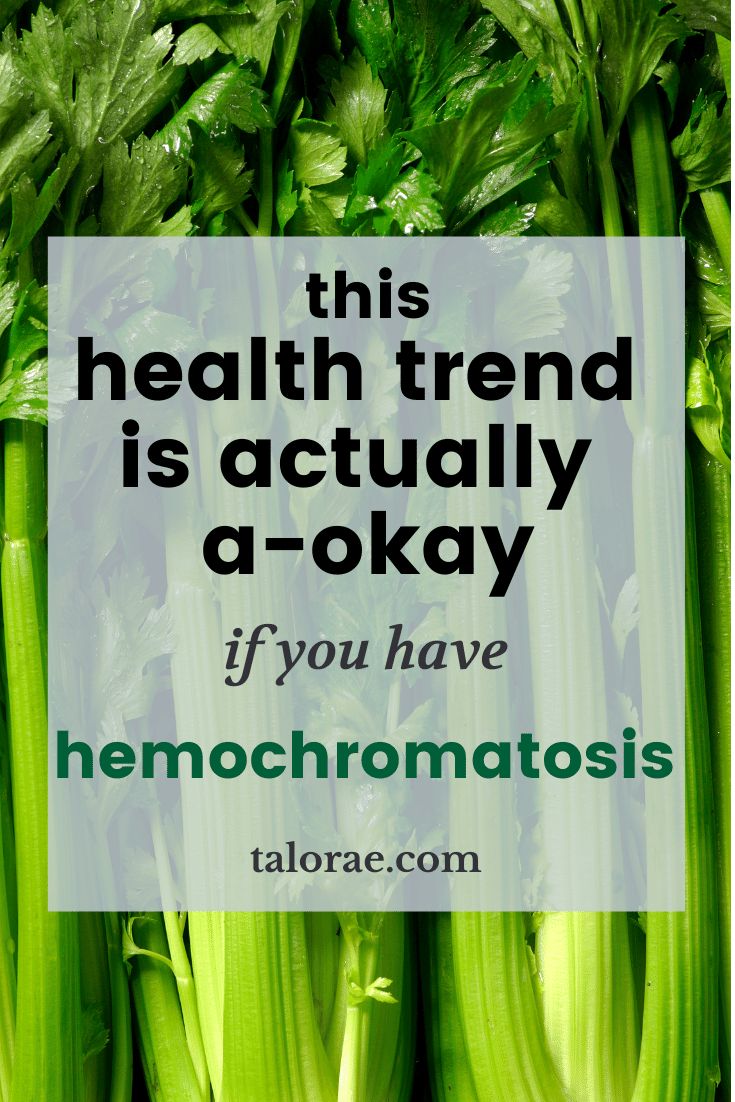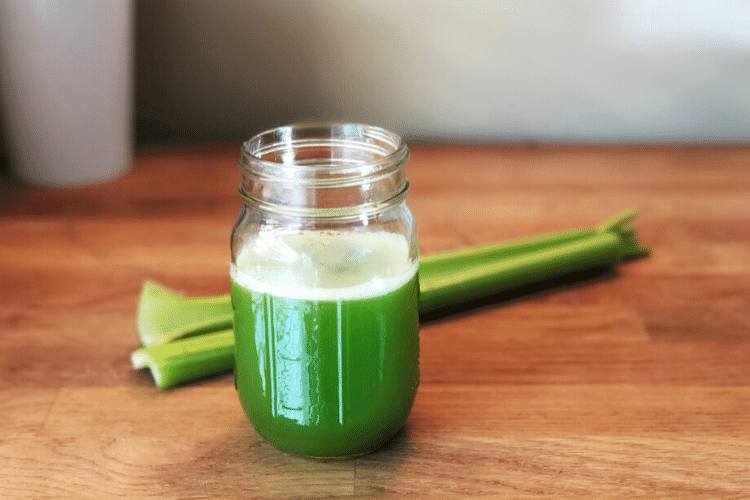Heads up! I’m NOT a doctor or nutritionist. I’m not giving you any medical advice or dietary recommendations here. Check with your doctor before you make any changes to your lifestyle, diet, or supplement regimen.
Miranda Kerr drinks it every morning.
Pharrell and Jenna Dewan both took selfies with it.
Jennifer Aniston includes it in her wellness routine.
Busy Phillips admitted she’ll try it out – “it’s supposed to do all of these wonderful things for you and something with Gwyneth Paltrow and I don’t know but I’m on board.”
CELERY JUICE.
Thanks to celebs, influencers, and ‘the gram’ it’s become something many can’t live without.
Scroll through your instagram feed and you’re bound to see it – people making it for the first time, people asking about it, people swearing it’s a magical potion that transformed their skin, and people talking about the guy behind it all – the Medical Medium.
Goop, the go-to website for placing your ear to the beat in the world of wellness, made celery the official new kale in an interview with the Medical Medium, aka Anthony William. They had in-depth discussion of celery, straight up, William’s drink of choice.
William has written several New York Times bestselling books on healthy living and diet, and in his book, Liver Rescue, he discusses the importance of celery juice in your wellness routine.
He’s got a million followers, and lots of testimonials about his healing protocol of drinking 16 ounces of celery juice every morning. Many of his followers claim his recommendations reversed their symptoms and healed their acne, gut problems, fatigue, eczema, and other stubborn ailments.
Powerhouse influencers like The Balanced Blonde and Yoga Girl are some of the people opening up about trying celery juice and following William’s protocol. Nutritionist and celebrity health coach Kelly LeVeque tried it for a week and said, “Personally, I felt great after drinking celery juice for the week.”
Of course, William’s gotten a lot of pushback about celery juice too (he’s made some claims about celery’s healing powers that doctors disagree with, and there haven’t been very many scientific studies on celery to prove some of his points), so take your celery juice with a grain of salt.
Regardless of how you feel about William and his unusual take on what used to be a very boring vegetable, celery juice is HAPPENING.
I stuck my nose into the current research to figure out what nutritionists and doctors are saying about this celery juice fad, like what benefits it has (if any) and if it’s okay for people with iron overload.
CAN YOU DRINK CELERY JUICE IF YOU HAVE HEMOCHROMATOSIS?
 When you have hereditary hemochromatosis, you need to keep in mind that you can absorb up to four times (4x!) the amount of iron that a regular person would absorb from the same food.
When you have hereditary hemochromatosis, you need to keep in mind that you can absorb up to four times (4x!) the amount of iron that a regular person would absorb from the same food.
Because of all the tiptoe-ing around iron that you have to do, hemochromatosis tends to throw a wrench into a lot of health trends that you want to take part in.
You often have to modify or even totally disregard whatever all the health bloggers or celebs are raving about (take, for example, Blake Lively’s favorite green juice – a combo that includes lemon, pineapple, kale, and swiss chard – all that vitamin C mixed with a bunch of iron rich greens could possibly mean excessive iron absorption for anyone with hemochromatosis if they drank it every day).
Lucky for us, celery juice seems to be a-okay.
HOW MUCH IRON IS IN CELERY?
Here’s celery’s iron content:
- .1mg iron in one stalk of celery
- .9mg iron one bunch celery (there’s usually about 9 stalks in a bunch)
Let’s compare that to:
- 6 mg iron in one 8 ounce steak
- 1.8 mg iron in 140 grams chicken (about a cup of chopped chicken)
- 1.6 mg iron in 100 grams salami (about 8 slice rounds)
- 1.4 mg iron in 50 grams raw spinach (a bit less than 2 cups spinach)
- 1 mg iron in a cup of cooked brown rice
- 1 mg iron in one ounce of almonds (the size of a small handful)
- .9mg iron in one slice of whole wheat bread
- .2mg iron in one medium carrot
- .2mg iron in one medium apple
Considering celery’s relatively low iron content compared to other foods…you’re off to a good start if you decide to drink a glass of celery juice.
Another positive is the type of iron that celery contains. Celery’s made up of non-heme iron. That’s the type of iron that’s not easily absorbed into the body. Unlike heme iron (found in meat), your body will let most of the non-heme iron (found in plants) pass through without getting absorbed.
Just make sure you factor your iron intake from celery into your daily iron count. While this doesn’t need to be an exact science, it’s always good to be mindful of how much iron you’re putting into your body.
WHAT ARE CELERY JUICE’S PROVEN BENEFITS?
Here’s what we know…
1. VITAMINS & MINERALS

Cynthia Sass, dietician and nutrition editor for Health, says most people wrongly think of celery as a “throwaway vegetable” without a lot of nutrients, but that’s simply not true. In fact, celery’s packed with essential nutrients.
Celery is an excellent source of…
- vitamin K (heals wounds and bones)
- molybdenum (a trace mineral that’s anti-inflammatory, helps remove toxins, and even protects the enamel on your teeth)
Celery is also a good source of…
- folate (a B vitamin for making DNA…super important for pregnant women)
- pantothenic acid (another B vitamin that converts your food into energy)
- potassium (helps your nerves send signals)
- fiber (helps you poo…keep in mind if you juice your celery, most of the fiber will be lost)
There’s also a handful of other vitamins, like vitamin B2, copper, vitamin B6, vitamin C, and calcium, though celery doesn’t contain nearly as much of these as some other fruits and veggies.
2. ANTIOXIDANTS

There are over a dozen antioxidants found in celery juice. One scientific review stated that celery has “powerful antioxidant characteristics.”
Antioxidants are especially important for people with hemochromatosis.
We really need those antioxidants! That’s because the extra iron in our blood damages our cells.
When enough cells get damaged from iron, we end up with more health issues than just having “hemochromatosis.” Now we’ve got to deal with things like a weakened immune system, achey and inflamed joints, and even damaged organs.
The antioxidants in celery help prevent this damage to our cells, allowing them to remain intact. Some of the antioxidants in celery have even been singled out for their capacity to protect the immune system, reduce joint inflammation, and for their potential to protect organs commonly affected by hemochromatosis like the heart and liver.
So, YES you want those 12+ antioxidants to prevent excess iron from harming your cells!
3. SLOWS CANCER GROWTH

Did you know that hemochromatosis is linked to several types of cancer, including breast cancer, colorectal cancer, liver cancer, and pancreatic cancer?
One of celery’s active compounds, apigenin, slows cancer growth by forcing cancer cells to self-destruct. Apigenin has been studied in particular for its ability to kill pancreatic cancer cells; it also may inhibit tumor growth and metastasis of liver cancer.
Luteolin, another one of celery’s compounds, cuts off cancer cells’ replication cycle so they’re unable to multiply. Luteolin has been identified as having the potential to reduce breast cancer risk. Researchers concluded that luteolin has a “strong protective effect against colorectal cancer.”
Celery fights cancer. Nuff said.
4. BALANCES BLOOD SUGAR

Most juices are full of sugar and calories. Celery has barely any of either. With 6 calories and 1.2 grams of carbs per stalk (and a chunk of those carbs are in the fibrous pulp so they don’t even make it to the juice), celery is an ideal vegetable to juice because it won’t “trick you” into chugging down a ton of calories and sugar in one go the way a lot of other juices can.
In fact, celery does the opposite – instead of spiking your blood sugar, it actually helps stabilize it.
In one study, celery helped to balance blood sugar levels of pre-diabetics. In an experiment on rats, celery helped to lower blood sugar levels in diabetic rats who had high blood sugar.
Considering that hemochromatosis is linked to diabetes, a disease where blood sugar levels get out of whack, and it’s even sometimes referred to as “Bronze Diabetes” – the fact that celery helps level out blood sugar levels is a big benefit.
5. PROTECTS LIVER

Your liver is the #1 organ affected by hemochromatosis.
If hemochromatosis goes untreated for too long, your liver gets overwhelmed by the excess iron. Your liver stops performing its job and becomes diseased. That’s why liver disease and liver cirrhosis can show up later on down the line for people with hemochromatosis.
Even those who do get diagnosed with hemochromatosis early enough in life to take care of themselves through a healthy diet and regular phlebotomies have to be conscious of their liver health since the liver is the organ most affected by iron overload.
Certain compounds in celery have been studied for their liver-defending potential, and celery has been defined as a “hepatoprotective plant” – meaning it prevents damage to the liver. For rats, eating a plant mixture containing celery, chicory, and barley reduced their liver damage, so celery may be able to do the same in humans. Nutritionist Elissa Goodman says, “research suggests that celery improves liver health, which can increase your body’s own detox capacities long term.”
WHAT ARE DOCTORS AND NUTRITIONISTS SAYING ABOUT CELERY JUICE?
Doctors and nutritionists are giving celery juice the green light as a way to get people to incorporate more veggies in their diet. While many doctors don’t think of celery as surpassing any other vegetable in terms of health benefits, and they don’t see the appeal of celery juice over any other vegetable juice, they’ll still give you a thumbs up if you want to drink it.
However, because celery juice is such a new health trend, Sass says researchers still don’t know “the optimal amount or frequency to consume, the potential risks for certain people, and possible interactions with medications and supplements,” so make sure to check with your doctor before you start drinking celery juice on a regular basis.
And remember to eat a diverse diet including lots of other veggies throughout your day!
While celery juice does provide key nutrients, other veggies pack in different vitamins and minerals that are equally important.
JUICE AWAY!
What you’ll need:
- Juicer (If you don’t have a juicer, see my notes below)
- 1 bunch celery
Instructions:
- Rinse thoroughly and juice 1 bunch celery (makes about 16 ounces).
- Enjoy!
If the taste of plain celery juice isn’t appealing to you, you can try combining celery with other low-iron fruits and veggies, like an apple (.2 mg of iron per apple) or a peeled cucumber (.15 mg of iron per peeled cucumber).
YOU DON’T HAVE A JUICER?
If you want to jump on the celery juice bandwagon but don’t have a juicer, here’s a quick rundown of your options.
- Masticating juicer
- Centrifugal juicer
- Blend it up in a blender and then strain the juice yourself
The two most common types of household juicers are masticating juicers and centrifugal juicers. Centrifugal juicers have a sharp metal blade that spins at a high speed, producing juice very quickly. Masticating juicers use an auger or gear (instead of a blade) that spins at a slower rate so they take longer to extract juice.
Here’s a breakdown of their key differences:
CENTRIFUGAL JUICER
PROS:
- Fast. Stick your produce into the juicer, and almost instantly you’ll have juice.
- Very little prep work involved – just place your fruits and veggies in the juicer chute with hardly any chopping or slicing required.
- You can get a good one at a decent price – they tend to run a little cheaper than masticating juicers.
CONS:
- You get less juice – because these juicers go fast, they aren’t as good at squeezing out all the juice.
- Some nutrients get lost in the juicing process because of oxidation caused by the heat and speed of the motor.
- Loud due to the motor.
Breville and Cuisinart make some of the most popular centrifugal juicers.
MASTICATING JUICER
PROS:
- You’ll extract more juice from your produce (more bang for every buck you spend on fruits and veggies).
- Preserves the nutrients from the fruits and veggies because of the slow juicing process.
- Quieter than centrifugal juicers.
CONS:
- Requires prep work – you’ll need to chop up your fruits and veggies before you place them in the juicer chute.
- The juicing process takes more time. You’ll have to wait a few minutes for the juicer to press all the juice from your produce.
Koios and Omega are both trusted brands in the world of masticating juicers.
If you’re serious about getting high quality juice with maximum nutrition, and you’re okay with more prep work and time invested into your juice – then go with a masticating juicer.
If you’re looking more for ease and speed, and you’re okay with not getting as much juice or nutrients from your produce, then a centrifugal juicer is best for you.
Lastly, if you don’t have a juicer and you’re not planning on getting one, you can still make celery juice using a blender! It’s going to be more time-consuming and a little messy, but go for it! Blend the celery in a high power blender (make sure your blender can handle celery – some can’t handle the stringiness). Then strain the juice from the blended celery by hand using a cheese cloth. Enjoy – you’re a celery juice pro now!


The views expressed in this post are for informational purposes only. This post is not, nor is it intended to be, a substitute for professional, medical, or nutritional advice, diagnosis, or treatment, and should never be relied upon for professional, medical or nutritional advice, diagnosis, or treatment.
No content on talorae.com, including but not limited to pictures, graphics, videos, and text, may be republished or distributed, for financial gain or not, without my written permission.
As an Amazon Associate I earn from qualifying purchases. The above content may contain affiliate links, meaning I do get a commission when you make a purchase through those links. There is no additional cost to you. Please read my disclaimer for more info.
